Welcome to our comprehensive Fairway Wood Buying Guide, where we navigate the vast world of fairway woods to help you find the perfect club for your game. Whether you're looking to add distance off the tee, precision on approach shots, or versatility from the fairway, choosing the right fairway wood is essential. In this guide, we'll delve into everything you need to know about fairway woods, from understanding loft options and clubhead designs to selecting the ideal shaft and navigating customization features. Get ready to elevate your long game as we break down the intricacies of fairway wood technology and provide expert insights to ensure you make an informed decision. Let's tee off on the journey to finding your perfect fairway wood and enhancing your performance on the course.
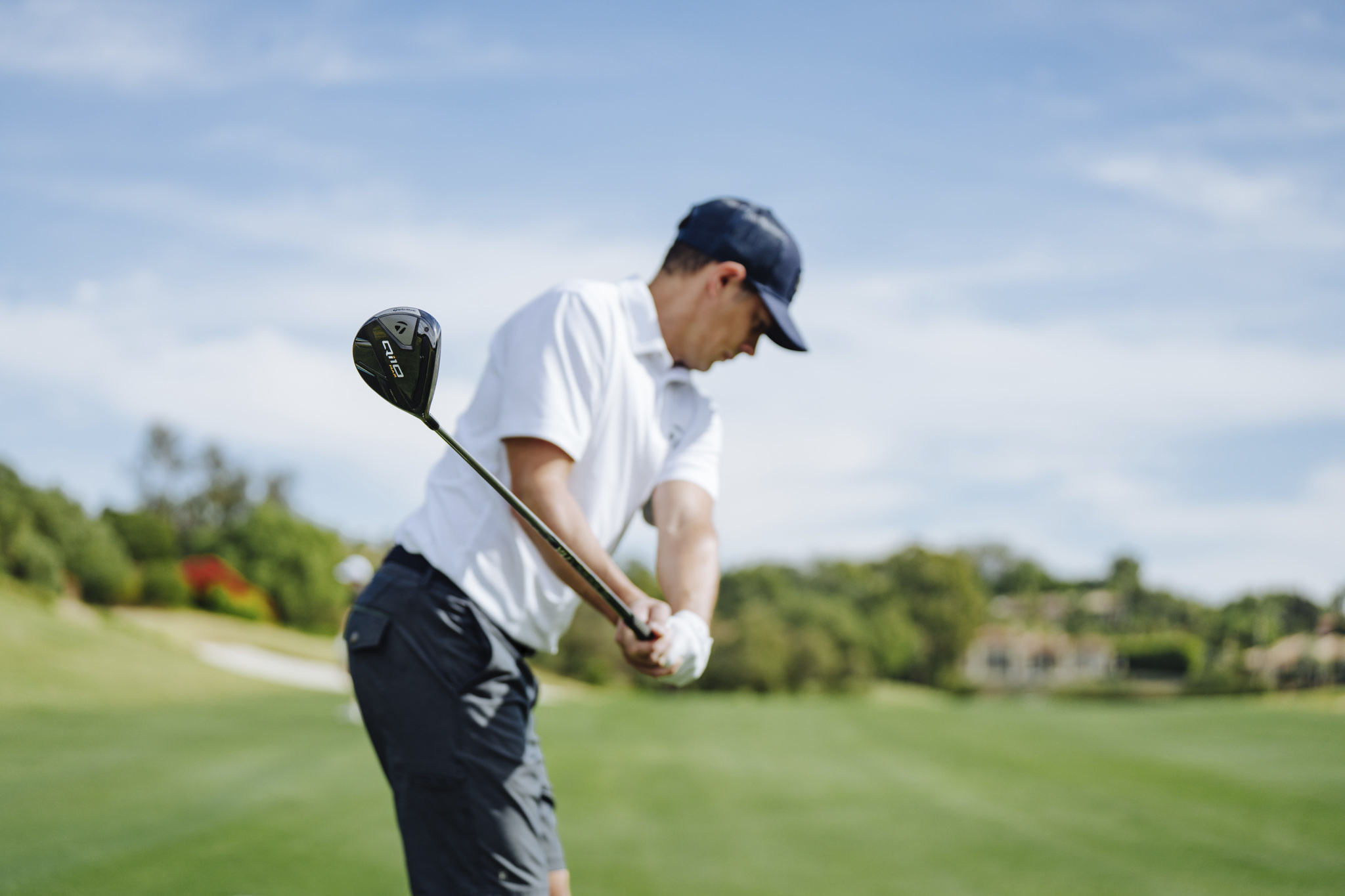
When buying a fairway wood, there are several key factors to consider to ensure you select the right club for your game. Here's what to keep in mind:
1. Purpose and Usage: Determine how you intend to use the fairway wood. Are you looking to fill a specific distance gap in your bag, hit long shots off the tee, or navigate challenging approach shots from the fairway or rough? Understanding the primary purpose of the fairway wood will guide your selection process. For more information about the advantages of using a fairway wood and the difference between a fairway wood and hybrid read our Fairway Wood Advantages and Fairway Woods vs Hybrids sections.
2. Loft Options: Consider the loft options available for fairway woods, typically ranging from 13 to 24 degrees. Choose loft options that bridge the distance gap between your longest iron and shortest fairway wood or driver while maintaining consistent yardage spacing throughout your set. For more information about choosing the correct loft option in your fairway wood read our Loft Options section.
3. Clubhead Design: Evaluate different clubhead designs, including size, shape, and weighting configurations. Look for features that promote forgiveness, playability, and confidence-inspiring characteristics at address. Consider factors such as perimeter weighting, a low and deep center of gravity (CG), and alignment aids. For more information about how clubhead design differs in fairway woods read our Clubhead Design section.
4. Shaft Selection and Club Length: Pay attention to shaft options, including material, flex, weight, and profile. Select shaft options that match your swing characteristics, promote optimal launch conditions, and provide the desired feel and control. Experiment with different shaft flexes and weights to find the best fit for your swing. For added insight into choosing the correct fairway wood shaft and length read our Fairway Wood Shafts section.
5. Forgiveness and Playability: Look for features that promote forgiveness, such as perimeter weighting, a low and deep center of gravity, and a high moment of inertia (MOI). A forgiving fairway wood can help mitigate mishits and provide more consistent results. For more information about how to choose a fairway wood with more forgiveness read our Forgiveness Features section.
6. Budget Considerations: Set a budget for your fairway wood purchase and explore options within your price range. Consider the trade-offs between price, performance, and customization features. Choose fairway woods that offer the best value for your investment, balancing performance and affordability based on your needs and preferences.
7. User Reviews and Recommendations: Research user reviews and seek recommendations from fellow golfers or professionals to gather insights into the performance and quality of different fairway wood models. Real-world feedback can provide valuable insights into factors such as distance, accuracy, feel, and durability to inform your decision-making process.
Fairway Wood Advantages
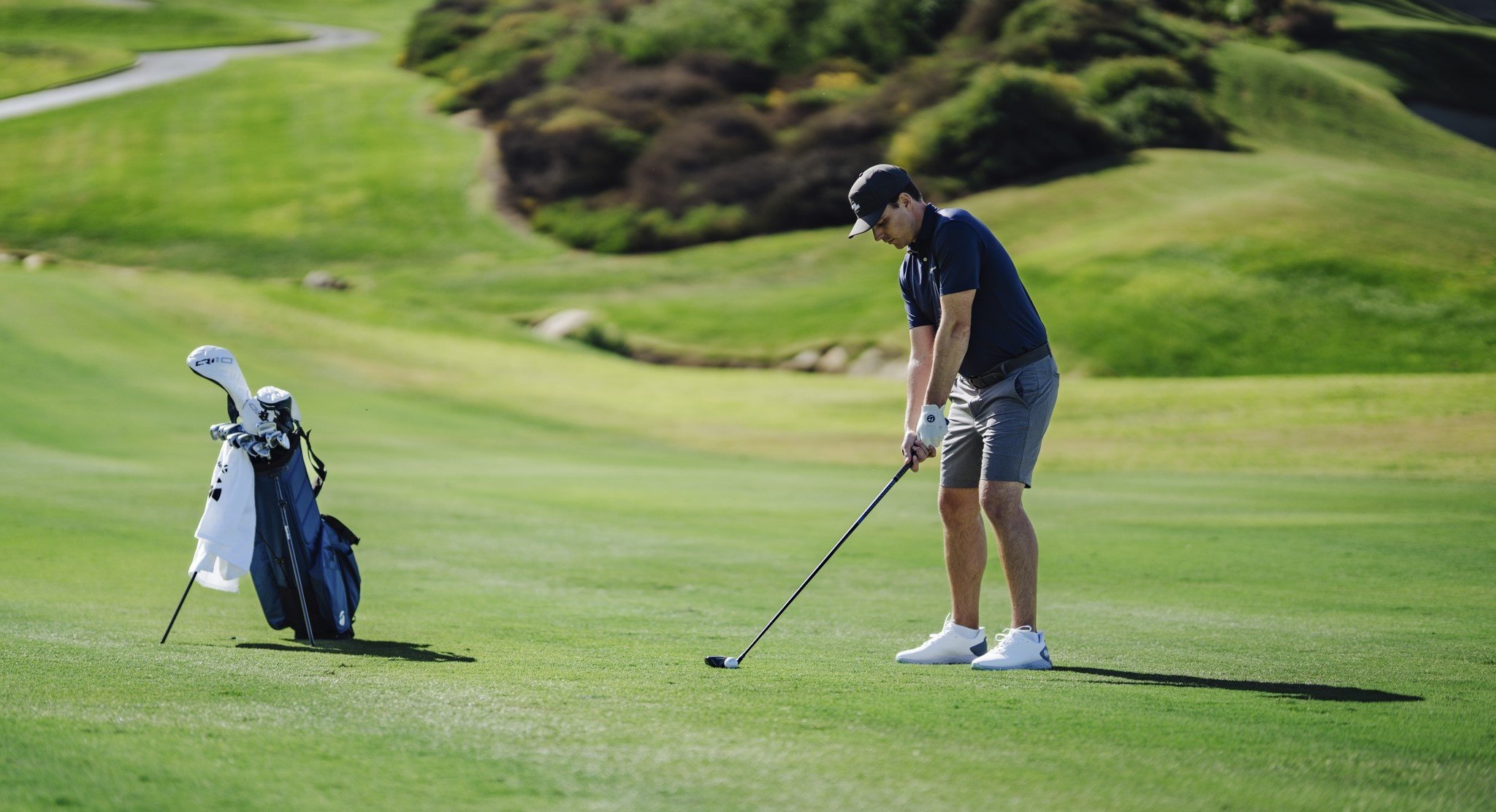
Using fairway woods offers several advantages for golfers looking to improve their game:
1. Distance: Fairway woods are designed to produce longer shots compared to irons, making them ideal for reaching distant greens or navigating long par 5s and 4s. Their larger clubheads and lower lofts allow golfers to generate greater clubhead speed and achieve more distance off the tee or from the fairway.
2. Versatility: Fairway woods are versatile clubs that can be used in various situations on the course. They are effective for long shots off the tee, approaches from the fairway, shots from the rough, and even for chip-and-run shots around the green. Their design allows golfers to tackle a wide range of distances and lies with confidence.
3. Forgiveness: Many modern fairway woods are engineered with forgiveness in mind, featuring larger clubheads, perimeter weighting, and low and deep centers of gravity (CG). These design elements help minimize the negative effects of off-center hits, providing golfers with more forgiveness and consistency on mishits.
4. Higher Launch: Fairway woods typically have higher launch angles compared to long irons, allowing golfers to achieve a more towering ball flight. This higher launch angle helps golfers carry hazards, hold greens, and stop the ball more quickly on approach shots, improving accuracy and control.
5. Ease of Use: Fairway woods are generally easier to hit than long irons due to their larger clubheads and more forgiving design. Golfers often find fairway woods more forgiving on off-center strikes and more comfortable to launch the ball into the air, making them suitable for players of all skill levels.
6. Alternative to Driver: Fairway woods can serve as a reliable alternative to the driver, especially on tight or narrow holes where accuracy is paramount. Many golfers use fairway woods off the tee to find more fairways and keep the ball in play, sacrificing some distance for increased accuracy and control.
7. Club gapping: Fairway woods help fill the distance gap between drivers and long irons or hybrids in a golfer's bag. By selecting fairway woods with appropriate loft options, golfers can achieve consistent distance spacing between their longest clubs, ensuring they have the right club for every situation on the course.
Fairway Woods vs Hybrids
Fairway woods and hybrids are both long-distance clubs designed to provide versatility and distance from various lies on the golf course, but they have several key differences:
1. Clubhead Design:
-Fairway woods typically have larger clubheads with a shallow face profile and a lower center of gravity (CG). This design promotes a higher launch angle and greater distance but may sacrifice some forgiveness on off-center hits.
-Hybrids, on the other hand, have smaller clubheads that resemble a blend of fairway woods and irons. They feature a compact design with a deeper face and a higher CG, offering a more forgiving and versatile option that's easier to hit from a variety of lies.

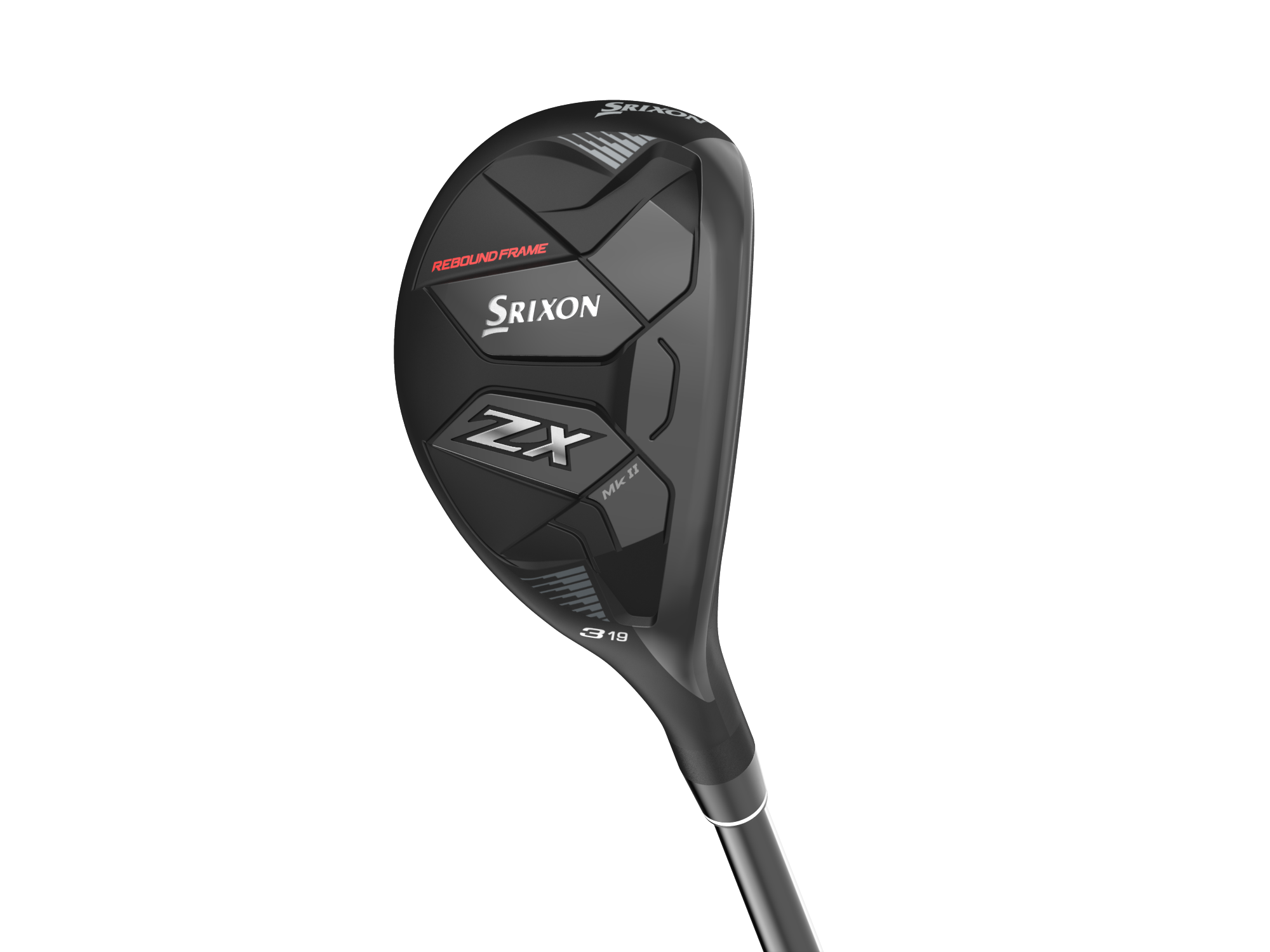
2. Shaft Length:
-Fairway woods generally have longer shafts compared to hybrids, similar to those found on drivers. The longer shafts contribute to increased clubhead speed and potential distance but may also make fairway woods more difficult to control for some golfers.
-Hybrids typically have shorter shafts than fairway woods, making them easier to control and offering more consistency in ball striking. The shorter shaft length also promotes a more iron-like feel and trajectory, which some golfers prefer for approach shots and shots around the green.
3. Launch and Trajectory:
-Fairway woods are designed to produce a higher launch angle and a more penetrating ball flight, making them suitable for long shots off the tee or from the fairway. The shallow clubface and lower CG help golfers achieve greater carry distance and roll-out on the fairway.
-Hybrids are engineered to launch the ball higher and with more forgiveness than fairway woods, thanks to their deeper clubface and higher CG. They offer a more versatile option for shots from the rough, tight lies, or uneven terrain, providing golfers with increased confidence and control.
4. Playability and Versatility:
-Fairway woods excel in long-distance shots off the tee or from the fairway, offering maximum distance and roll-out. They may be less forgiving on mis-hits but provide excellent performance for skilled golfers looking to reach distant targets.
-Hybrids are known for their versatility and playability from various lies, including rough, fairway, and even around the green. They offer a more forgiving option for golfers who struggle with long irons and provide consistent distance and accuracy on approach shots.
In summary, fairway woods and hybrids serve similar purposes in a golfer's bag but differ in their clubhead design, shaft length, launch characteristics, and playability. Choosing between fairway woods and hybrids ultimately depends on personal preference, playing style, and the specific shot requirements on the golf course.
Loft Options
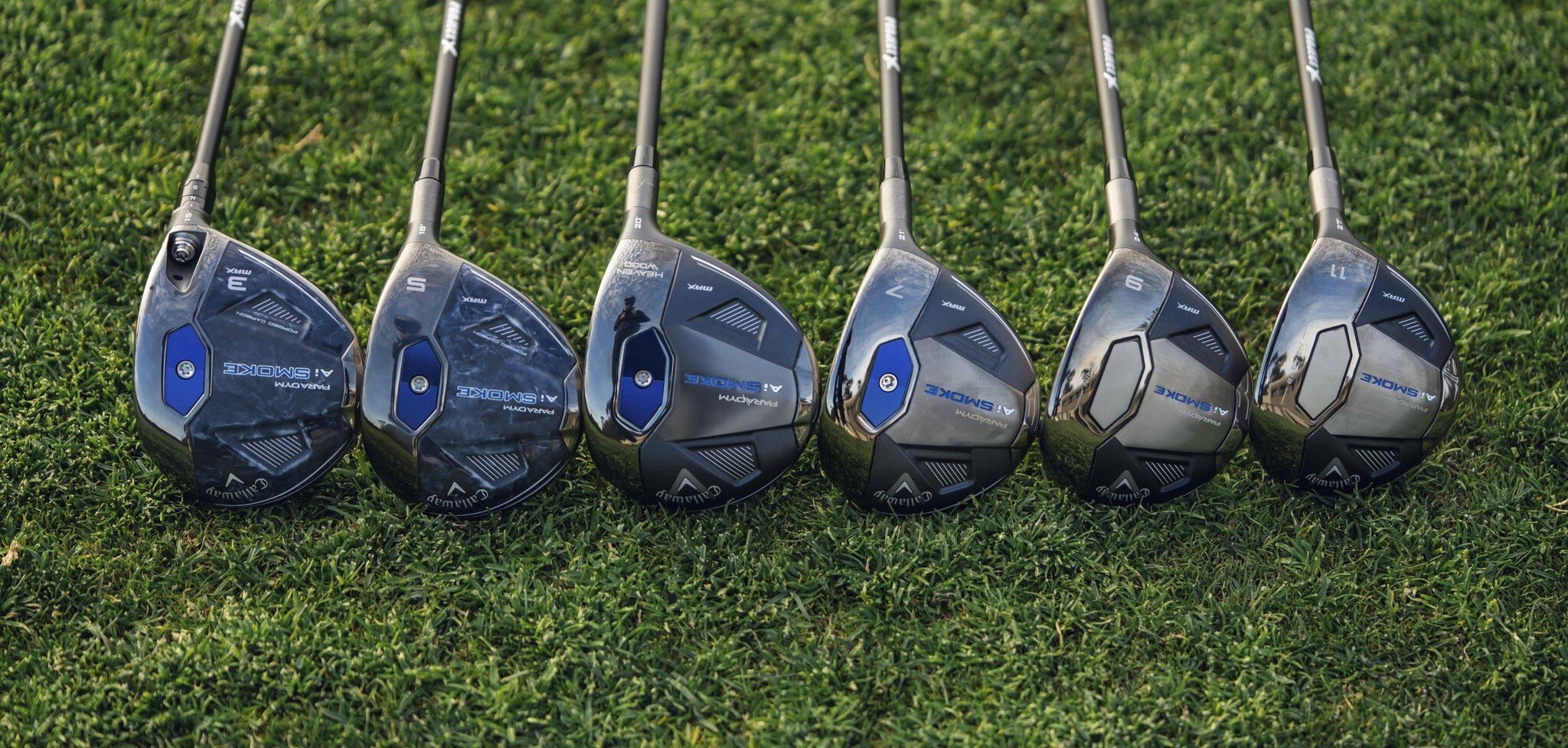
When considering loft options in fairway woods, several factors should be taken into account to ensure you select the right loft(s) for your game:
1. Distance Requirements: Evaluate your distance needs and how you intend to use the fairway wood. Lower lofted fairway woods (e.g., 3-woods with around 15 degrees of loft) are typically preferred for maximizing distance off the tee, while higher lofted fairway woods (e.g., 5-woods with around 18 degrees of loft) may offer more control and accuracy from the fairway or rough.
2. Launch Angle: Understand how loft affects the launch angle of the ball. Higher lofted fairway woods launch the ball higher, which can be beneficial for carrying hazards, stopping the ball quickly on the green, or navigating challenging lies. Lower lofted fairway woods produce lower launch angles, ideal for maximizing distance and roll-out.
3. Versatility: Consider the versatility of different loft options and how they fit into your overall club selection strategy. Having multiple loft options in your bag allows you to tackle various shot scenarios on the course, from long shots off the tee to approach shots into par 5s or par 4s.
4. Accuracy and Control: Higher lofted fairway woods offer more loft and spin, providing greater accuracy and control on approach shots into greens or shots from difficult lies. Lower lofted fairway woods may sacrifice some accuracy for increased distance, so consider your accuracy needs when selecting loft options.
5. Distance Gapping: Ensure proper distance gapping between your fairway woods, driver, and longest iron. Evaluate the loft of your driver and shortest fairway wood to ensure smooth transitions between clubs and optimal coverage of distances on the course. Adjust loft options to fill any distance gaps effectively.
6. Personal Preference and Comfort: Ultimately, choose loft options that suit your personal preferences, playing style, and comfort level. Experiment with different loft options during practice sessions or fittings to find the optimal combination that provides the right balance of distance, accuracy, and trajectory for your game.
The table below shows the different fairway woods on the market along with the typical lofts these clubs come in and comparable clubs.
|
Club
|
Loft |
Loft Equivalent Clubs
|
| 3 Wood |
13°- 15° |
N/A
|
| 4 Wood or 3 HL Wood |
16°-17° |
2 Iron
2 Hybrid
|
| 5 Wood |
18°- 20° |
3 Iron
3 Hybrid
|
| 7 Wood |
21°- 23° |
4 Iron
4 Hybrid
|
| 9 Wood |
24°- 26° |
5 Iron
5 Hybrid
|
| 11 Wood |
27°- 30° |
6 Iron
6 Hybrid
|
Clubhead Design
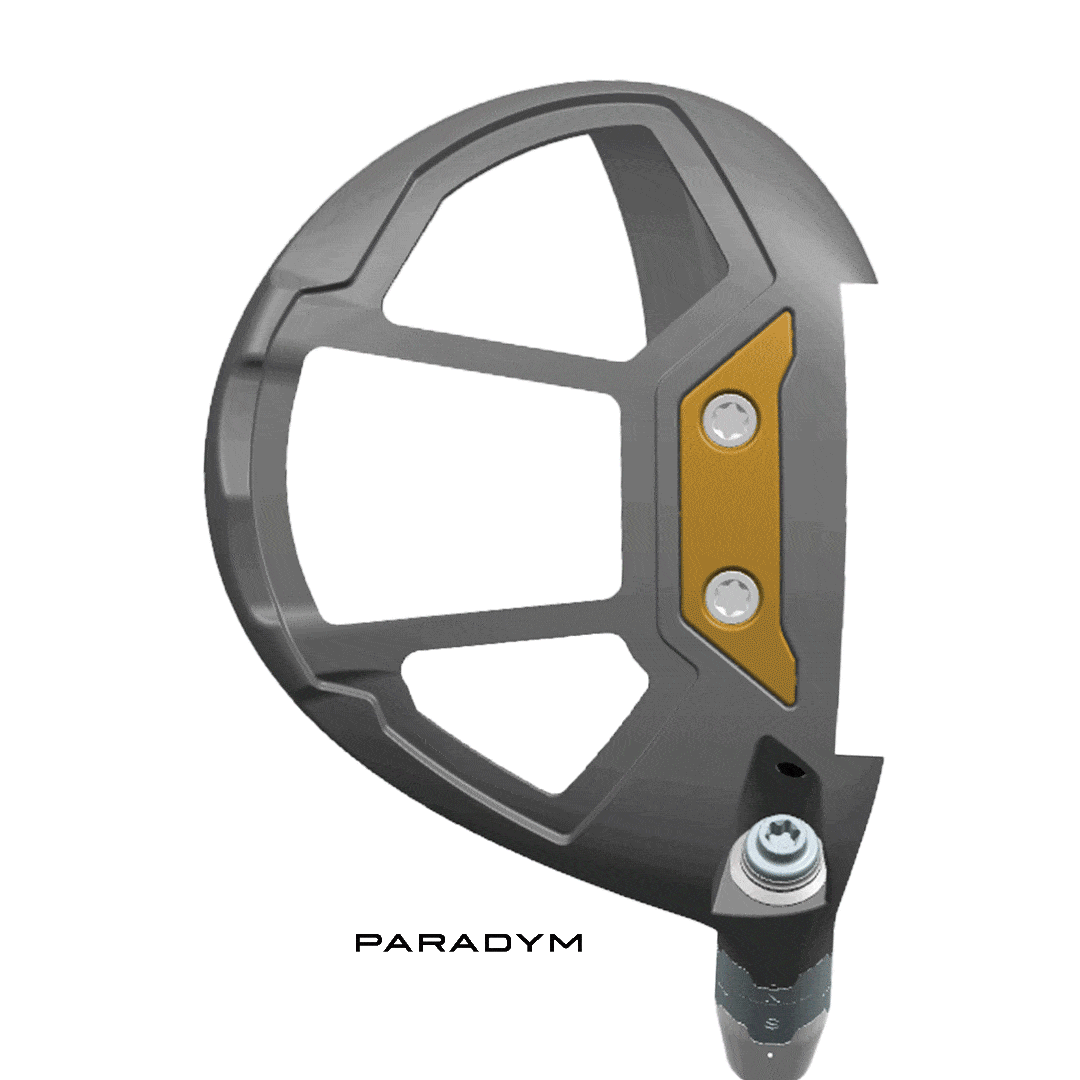
Clubhead design can vary significantly between fairway woods, impacting factors such as forgiveness, playability, and overall performance. Here are some key differences in clubhead design to consider:
1. Size and Shape: Fairway woods come in a range of sizes and shapes. Traditional fairway woods tend to have larger clubheads with a rounded profile, providing a larger sweet spot and more forgiveness on off-center hits. Modern fairway woods may have more compact clubheads with a more aerodynamic shape, promoting increased clubhead speed through the impact zone.
2. Center of Gravity (CG) Position: The position of the CG within the clubhead affects launch angle, spin rate, and overall ball flight. Fairway woods with a low and deep CG tend to launch the ball higher with less spin, resulting in longer carry distances and increased forgiveness on off-center hits. Some fairway woods feature adjustable CG technology, allowing golfers to fine-tune launch conditions based on their preferences and playing style.
3. Weighting Distribution: Manufacturers often utilize perimeter weighting in fairway woods to enhance forgiveness and stability. By redistributing weight around the perimeter of the clubhead, perimeter weighting increases the MOI (moment of inertia) and reduces twisting on off-center strikes, resulting in more consistent ball speeds and improved accuracy.
4. Face Technology: Advanced face technologies, such as variable thickness faces, face inserts, or face cups, are incorporated into fairway woods to optimize ball speed and distance across the entire face. These technologies help maintain ball speed on mishits, resulting in improved forgiveness and distance consistency.
5. Adjustability Features: Many modern fairway woods feature adjustable hosels or weight ports that allow golfers to customize loft, lie angle, and shot shape preferences. Adjustable hosels enable golfers to fine-tune loft and lie angle settings to optimize launch conditions and trajectory, while weight ports provide options for adjusting CG position and promoting a desired ball flight.
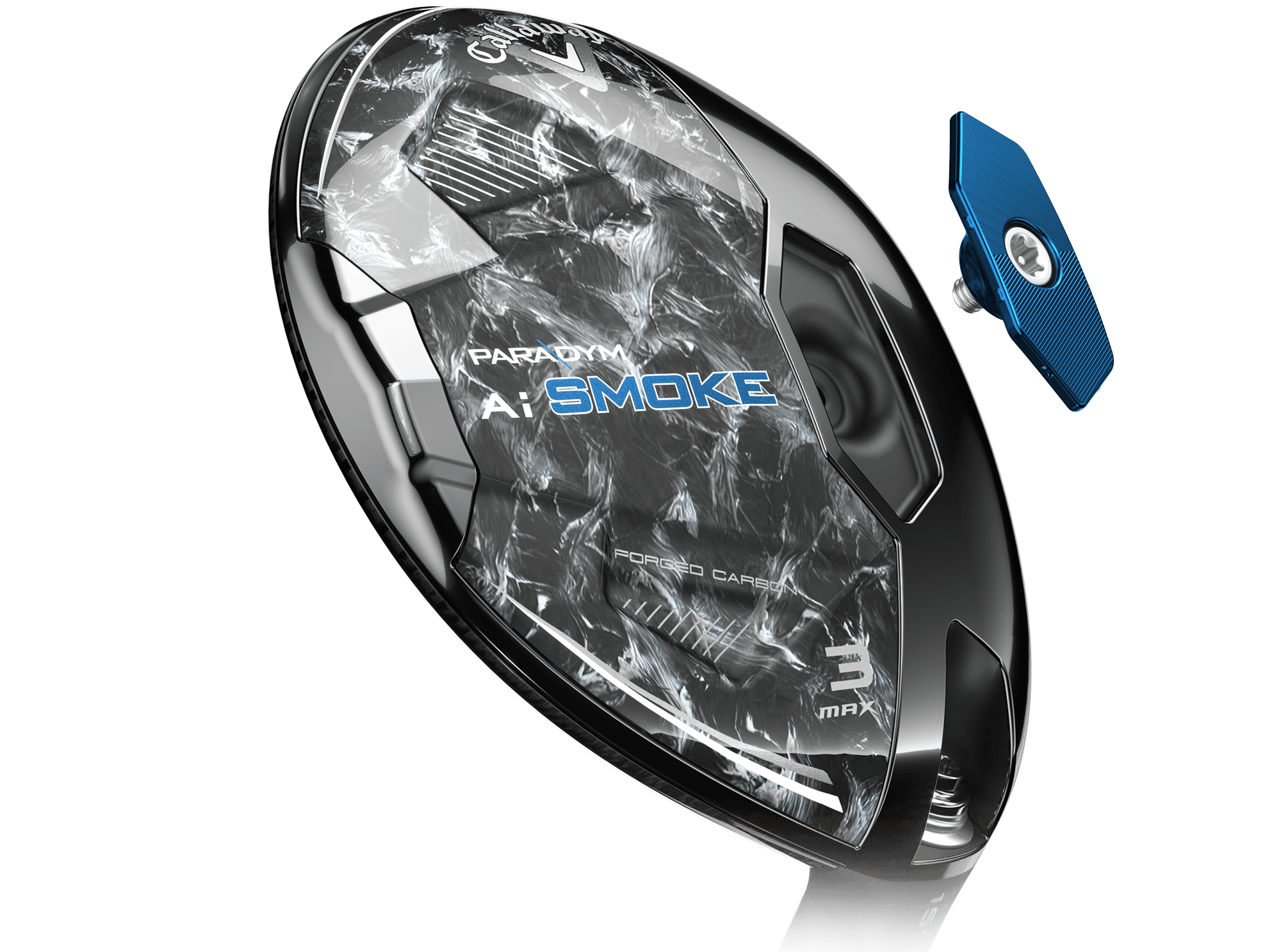
6. Alignment Aids: Some fairway woods incorporate alignment aids, such as contrasting visual cues or alignment lines on the crown, to assist with alignment and aim at address. These features can improve confidence and consistency in setup, leading to more accurate and on-target shots.
Fairway Wood Shafts
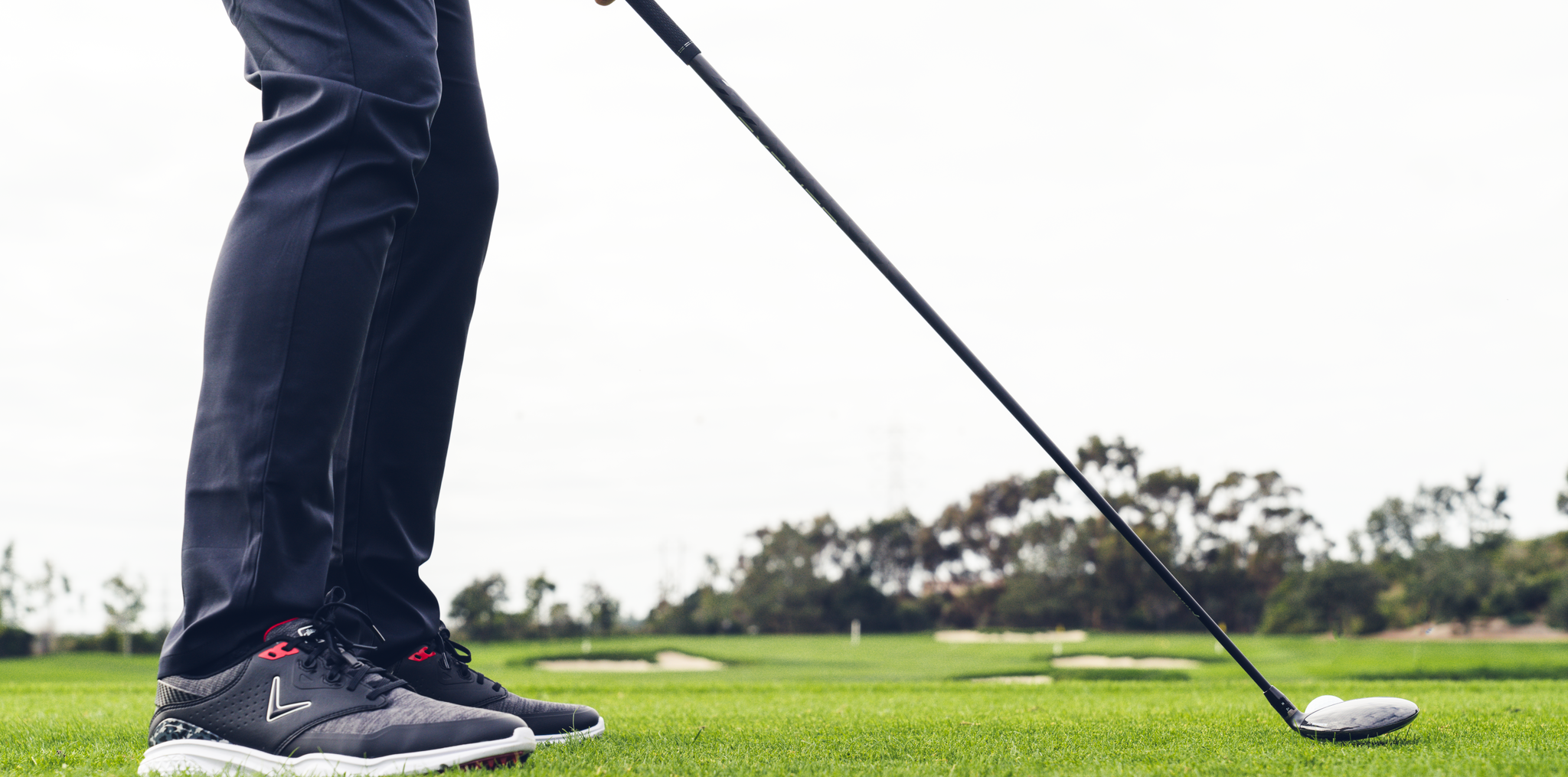
Golf fairway wood shafts can vary in several key characteristics, each of which can significantly impact a golfer's performance. Here are the main factors that differ between golf hybrid shafts:
1. Flex: Shaft flex refers to the amount of bend or flexibility in the shaft during the golf swing. Most golfers will have the same shaft flex in every club in their golf bag to help with consistency. Because of this the flex of hybrid shafts are typically fitted based on driver swing speed. Hybrid shafts typically come in several flex options, including:
-Extra Stiff (X): Suitable for golfers with very high swing speeds and aggressive swings.
-Stiff (S): Designed for golfers with fast swing speeds and strong, consistent swings.
-Regular (R): Ideal for golfers with moderate swing speeds and a smooth, rhythmic swing tempo.
-Senior/Lite (A/L): Intended for golfers with slower swing speeds and a smoother tempo, providing more flex for increased clubhead speed.
-Ladies (L): Specifically designed for female golfers with slower swing speeds and smoother swings.
2. Weight: Fairway wood shafts come in a range of weights, typically measured in grams (g). Lighter shafts can help increase clubhead speed, while heavier shafts can provide more stability and control. Golfers should choose a shaft weight that matches their swing characteristics and preferences.
3. Kick Point/Flex Point: The kick point, also known as the flex point, refers to the location along the shaft where it bends the most during the swing. Hybrid shafts can have high, mid, or low kick points:
-High Kick Point: Provides a lower ball flight and less spin, ideal for golfers seeking more control and consistency.
-Mid Kick Point: Offers a balanced combination of launch and spin characteristics, suitable for a wide range of swing speeds and playing styles.
-Low Kick Point: Promotes a higher ball flight and increased spin, beneficial for golfers with slower swing speeds or those seeking maximum distance.
4. Torque: Torque measures the shaft's resistance to twisting during the swing. Lower torque shafts provide more stability and control, while higher torque shafts offer increased forgiveness and feel. Golfers should select a torque rating that matches their swing tempo and preferences.
5. Material: Hybrid shafts can be made from various materials, including graphite, steel, and composite materials. Graphite shafts are the most common choice for Hybrids due to their lightweight and ability to dampen vibrations, resulting in a smoother feel and increased clubhead speed.
6. Length: While not inherent to the shaft itself, fairway wood shafts come in different lengths, which can affect swing dynamics, clubhead speed, and control. Longer shafts may provide more distance but can be more difficult to control, while shorter shafts offer increased accuracy and consistency. Also, fairway wood shafts tend to be shorter than driver shafts to help with control and to promote consistency. Typically taller golfers prefer to have a longer fairway wood shaft to help improve posture and stance at address.
Forgiveness Features
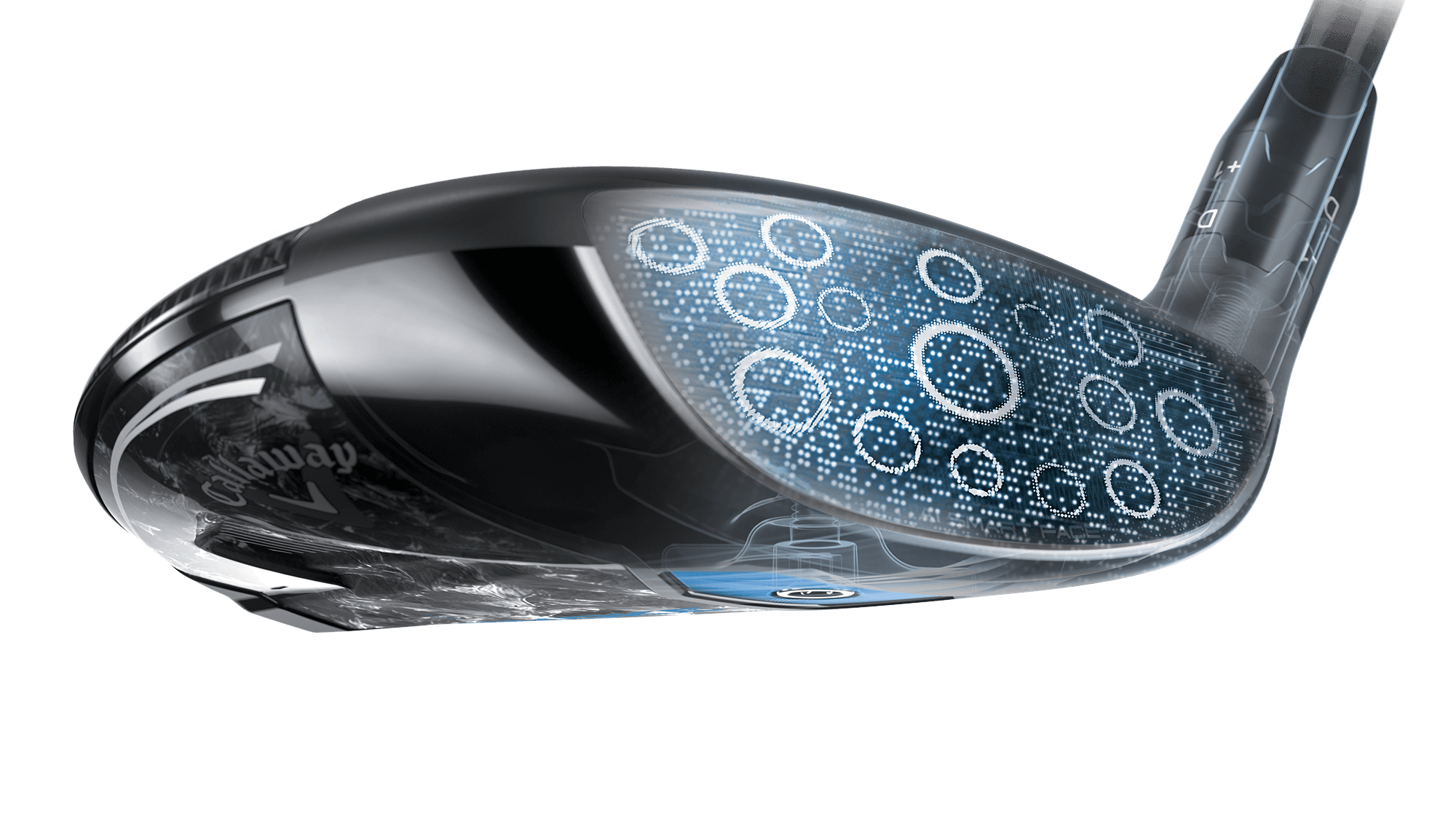
Increasing forgiveness in fairway woods involves various design elements aimed at minimizing the negative effects of off-center hits and promoting consistency in ball speed and direction. Here are some common techniques used to enhance forgiveness in fairway woods:
1. Perimeter Weighting: Fairway woods often incorporate perimeter weighting, which involves redistributing weight around the perimeter of the clubhead. This design increases the MOI (moment of inertia) and reduces clubhead twisting on off-center strikes, resulting in more consistent ball speeds and improved forgiveness.
2. Low and Deep Center of Gravity (CG): Positioning the CG low and deep in the clubhead helps stabilize the club and promote a higher launch angle. This design feature makes it easier to launch the ball into the air and minimizes distance loss on shots struck low on the face.
3. Variable Face Thickness: Fairway woods may feature variable face thickness technology, where the face thickness is strategically adjusted to optimize ball speed on off-center hits. Thinner areas around the perimeter of the face help maintain ball speed on mishits, resulting in improved forgiveness across the face.
4. Face Inserts or Inserts: Some fairway woods utilize face inserts or inserts made from materials such as titanium, steel, or composite. These inserts help dampen vibrations and improve energy transfer on off-center strikes, leading to more consistent distance and accuracy.
5. High-MOI Designs: High-MOI (moment of inertia) designs are implemented to increase forgiveness by resisting twisting on off-center hits. Fairway woods with high-MOI designs feature a more stable clubhead through impact, resulting in tighter dispersion and improved consistency on mishits.
6. Adjustable Weighting: Certain fairway woods offer adjustable weighting systems that allow golfers to customize the club's CG position. By shifting weight to specific locations within the clubhead, golfers can fine-tune forgiveness, trajectory, and shot shape preferences to suit their individual needs.

7. Alignment Aids: Some fairway woods feature alignment aids or visual cues on the crown to assist with alignment at address. Improving alignment can lead to more centered strikes and enhanced forgiveness, especially for golfers who struggle with setup consistency.
By incorporating these forgiveness-enhancing design elements, fairway woods can provide golfers with increased confidence, consistency, and performance on the course, even on mishits or off-center strikes.
Related Links
Driver Buying Guide
Hybrid Buying Guide
Iron Buying Guide
Wedge Buying Guide
Putter Buying Guide
Golf Ball Buying Guide











